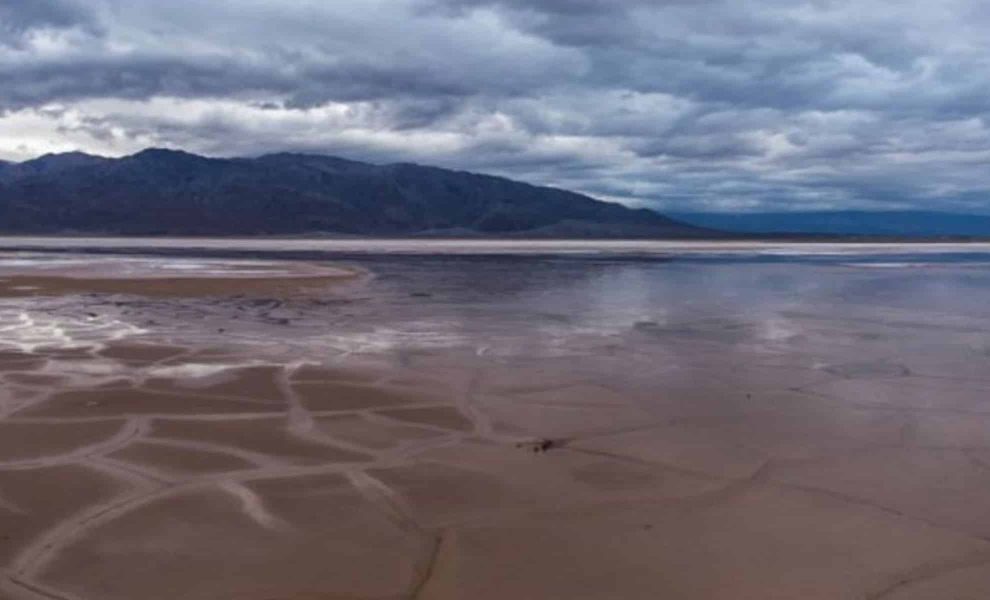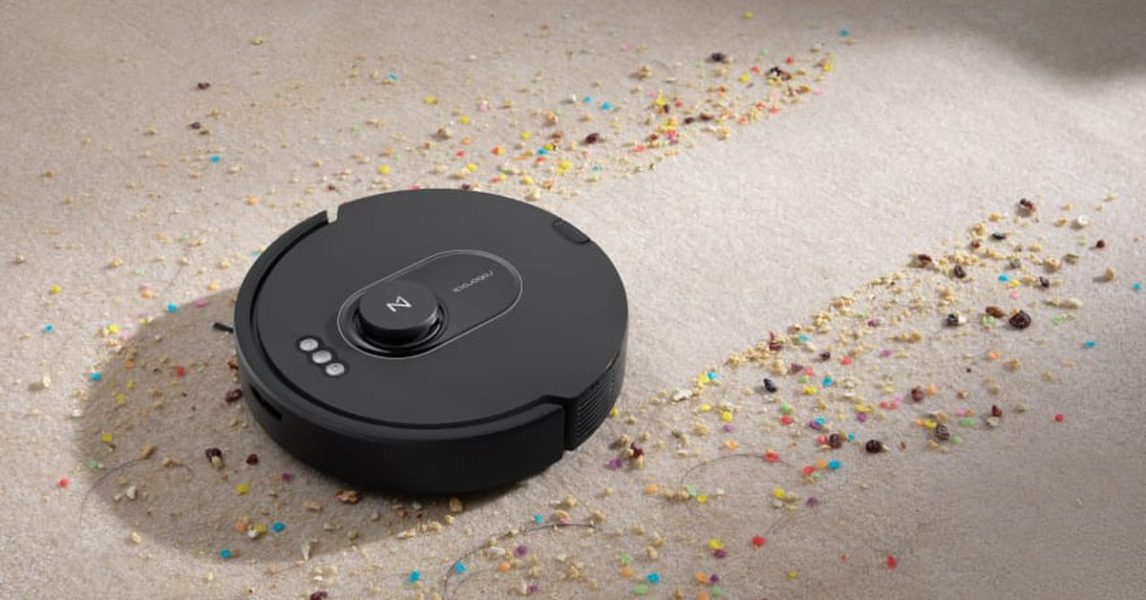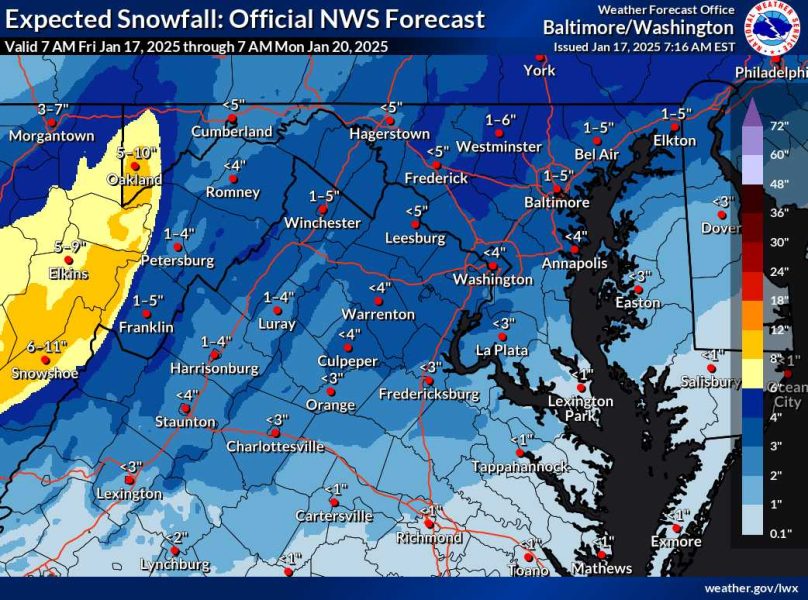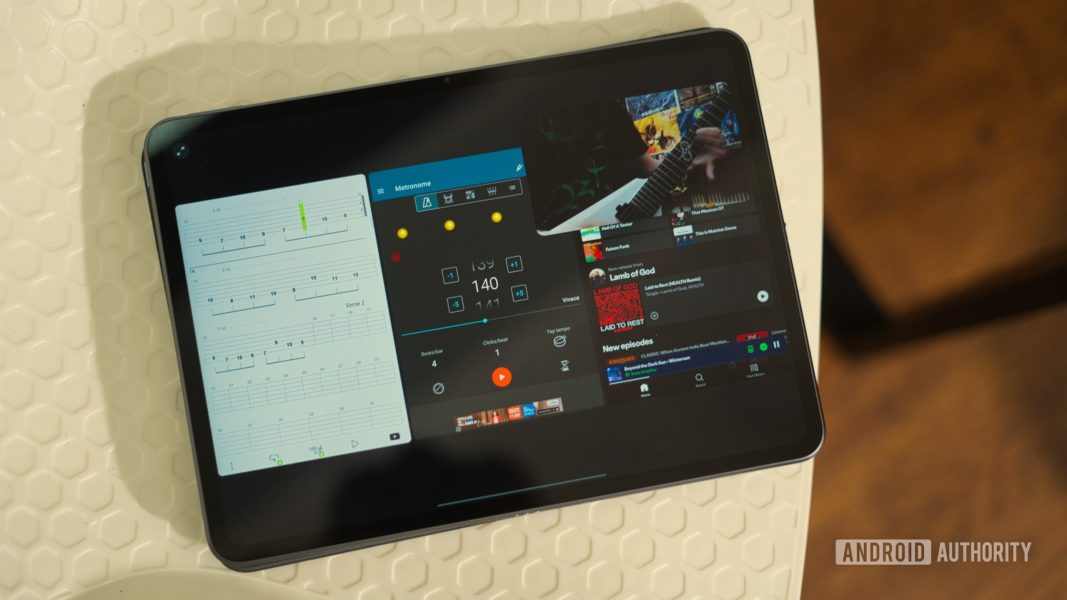This May Be The Best Photo Ever Taken From The International Space Station – IFLScience
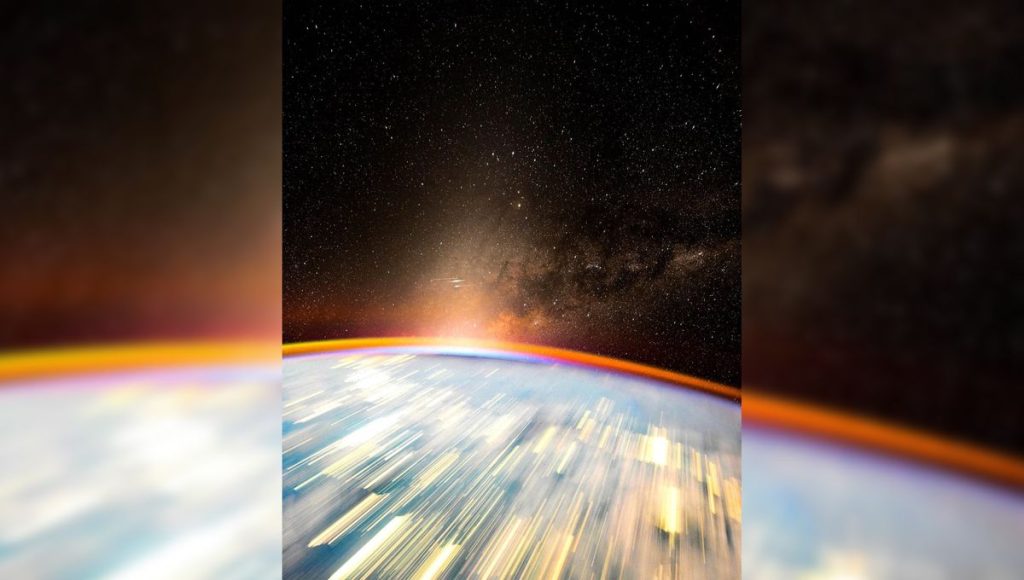
CLOSEWe have emailed you a PDF version of the article you requested.Please check your spam or junk folder You can also addnewsletters@iflscience.comto your safe senders list to ensure you never miss a message from us.CLOSEComplete the form below and we will email you a PDF versionGET PDFCancel and go backIFLScience needs the contact information you provide to us to contact you about our products and services. You may unsubscribe from these communications at any time.For information on how to unsubscribe, as well as our privacy practices and commitment to protecting your privacy, check out ourPrivacy PolicyCLOSEComplete the form below to listen to the audio version of this articleListenCancel and go backIFLScience needs the contact information you provide to us to contact you about our products and services. You may unsubscribe from these communications at any time.For information on how to unsubscribe, as well as our privacy practices and commitment to protecting your privacy, check out ourPrivacy PolicyAdvertisementSearchSubscribe today for our Weekly Newsletter in your inbox!Subscribe today for our Weekly Newsletter in your inbox!Dr. Alfredo CarpinetiDr. Alfredo CarpinetiSenior Staff Writer & Space CorrespondentAlfredo (he/him) has a PhD in Astrophysics on galaxy evolution and a Master’s in Quantum Fields and Fundamental Forces.BookView full profileBookRead IFLScience Editorial PolicySenior Staff Writer & Space CorrespondentMaddy ChapmanEditor & WriterMaddy is an editor and writer at IFLScience, with a degree in biochemistry from the University of York.BookView full profileBookRead IFLScience Editorial PolicyDOWNLOAD PDF VERSIONWhat a photo!Image Credit: Don Pettit/NASADOWNLOAD PDF VERSIONAstronaut Don Pettit has taken one of the most incredible astrophotography pictures ever, and possibly the best taken by humans from the International Space Station (ISS). The latest composition is a visual symphony of cosmic, terrestrial, and technological objects captured as the space station speeds around our planet at 8 kilometers (5 miles) per second.In a single photo you can see: The Milky Way, zodiacal light, a streak created by Starlink satellites, an incredible number of stars, the emission of hydroxyl at the edge of the atmosphere, a prelude to dawn, and the lights of many cities as the station zips over them.Before discussing the absolute technical feat that is the image, one beautiful detail we want to stress is the angle between the zodiacal light and our galaxy. The light is caused by sunlight reflected by dust grains within the orbital plane of the Solar System. That’s roughly the plane where the planets more or less orbit. Look at how much it is inclined compared to the plane of the Milky Way. The Solar System travels the galaxy slanted!The photo has been described by astrophotographer Andrew McCarthy as “the best astrophoto ever captured from the ISS”. And it is hard to disagree. It doesn’t just look incredible, it requires technical ingenuity and dedication from Pettit. Astronauts have talked about just how many stars you can see in space, but capturing them has always been a challenge. ⓘ IFLScience is not responsible for content shared from external sites.Both human and robotic missions tend to focus on specific objects, and to take good pictures of them, you need a high shutter speed and short exposure. Whatever your object is – a planet, a moon, an asteroid – it will be brighter than the dim stellar background.It is certainly possible to photograph stars in space, you just need to take on board the fact that the light conditions are somewhat peculiar. Look at the image again, that is the night side of Earth and yet it is very bright.The final bit of kit you need is something that compensates for the speed. The ISS needs to move fast to stay in orbit: that’s the only way for it to keep falling to the ground but missing it! Pettit developed his own star-tracker device that can deliver exposures that last many seconds without creating star trails. The cities though, they are blurry!Pettit has raised the bar for the kind of photos one can take in orbit.international space station,iss,astrophotography,Astronomylink to articlelink to articlelink to articleAdvertisementAdvertisementAdvertisementlink to articlelink to articlelink to articleSign up today to get weekly science coverage direct to your inbox© 2025 IFLScience. All Rights Reserved. RSS
